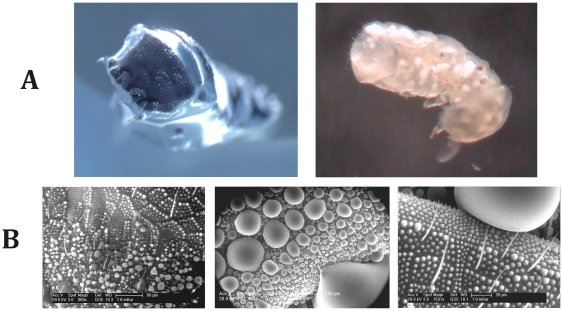Figure 2. Immersion and water condensation experiments.
(A) (left) T. bielanensis in water, (right) Orthonychiurus stachianus immersed in ethanol resist wetting through the formation of a shiny air cushion. Results of immersion experiments with various liquids ( Table 1 ) revealed a resistance of the collembolan skin against wetting by non-polar liquids with surface tensions down to approximately 25 mJ/m2. No immersion occurred with any polar liquid. When exposed to increasing pressure, the plastron shrank and the shiny cover disappeared at pressures exceeding 3.5–4.0 bar. After the disappearance of the plastrons, the animals lost their buoyancy and sank. However, different from previously described superhydrophobic surfaces, the shiny plastron reappeared after pressure normalization if the time at reduced pressure did not exceed one minute. This suggests a reversible, pressure-dependent transition between the visible macroplastron and non-visible nanoplastrons enabled by the unique skin topography. (B) At elevated humidity condensation started on the skins of T. bielanensis, as a patchy droplet pattern with sizes of around 1 µm (ESEM image). Growing droplets fused or were absorbed by larger drops, leaving behind a completely non-wetted surface on which the described condensation process repeatedly occurred. Repeated droplet fusion finally led to the upward movement of larger drops to the structure tops, which is designated as anti-fogging.

